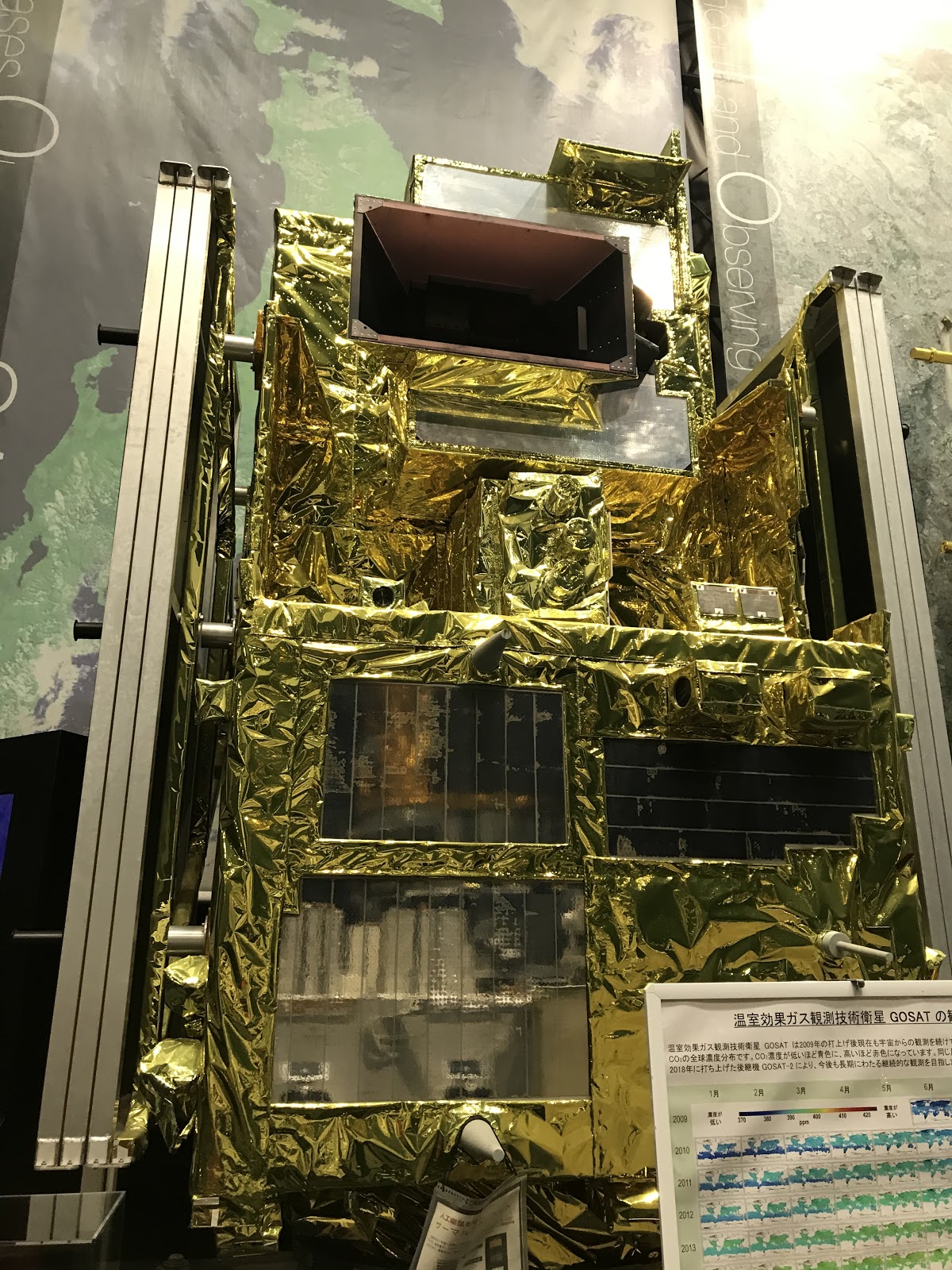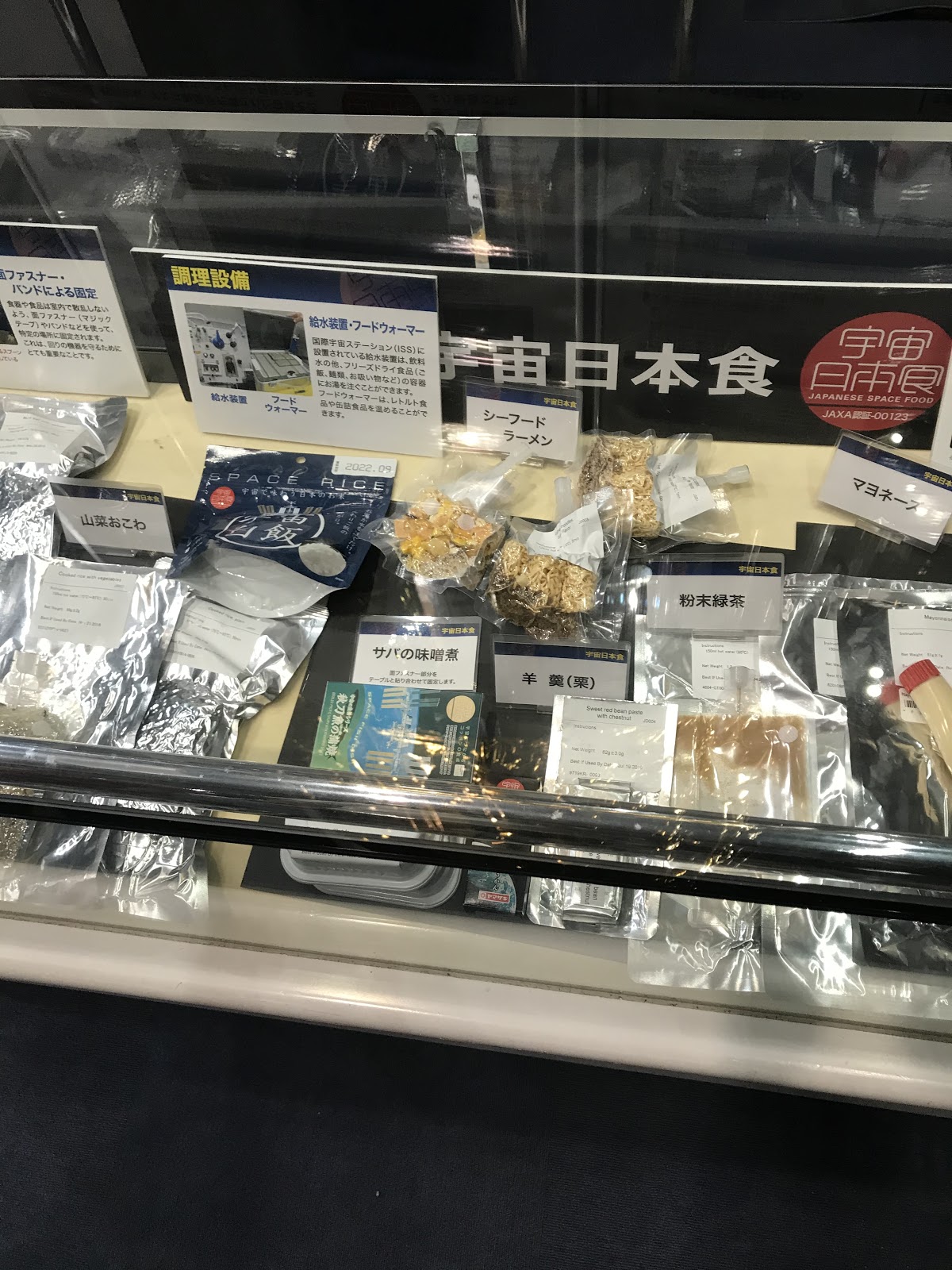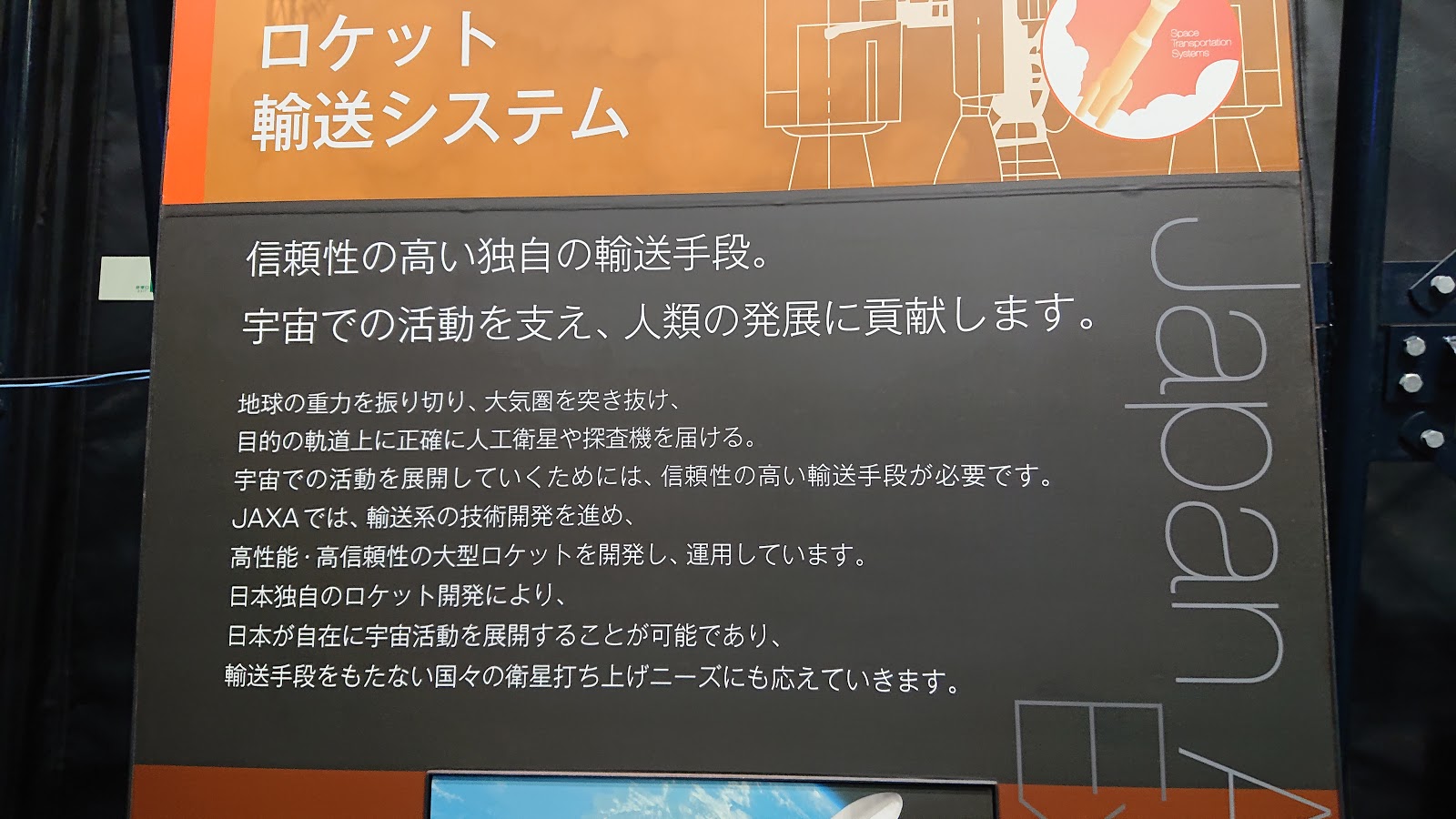

Q1:How many meteorites hit the moon?
A1:About several hundreds thousand tons per year.
Since African elephans weigh 10 to 13 tons,more than 10,000 African elephants will fall in a year.Q2:What are the stars that easily hit meteorites?
A2:Meteorites often collide with the asteroid belt that stretches between Jupiter and Saturn.
Q3:What is material of the a space vehicle?
A3:It is Titanium.Because it is light and strong and don't pass through radiation.If it is too light,it will pass through radiation.
Q4:Where is the best point to make the base of space travel?
A4:If you make it in the Moon,you should build the base like ISS(International Space station)And in space,you had better build it in Lagrange point.It is the space in harmony gravity and centrifugal force,so that's fine.
In addition to this,you can make oxygen from water,but you can not make water from oxygen,and you can see that the fuel will be 300 to 10 tons when you go to the moon with a roket and return to the moon with a roket and return to the earth.It was a valuable experience.
I went to the JAXA Tsukuba Center in Ibaraki Prefecture on August 9th.
Since the subject of this research is "Let's travel in space", we have been more seriously investigating the machines used to supply artificial satelites and supplies to space.

At JAXA, we compared the structure of rockets by age group and found many similarities and ingenuity of artificial satelites.
After taking these points into consideration, I was able to think about more advanced content when I thought about how to actually go on a space trip.

In terms of food, JAXA sold "space bread", which is actually eaten in space, to a dedicated vending machine, so I bought it for research. The taste is the same as that of ordinary bread, and I was wondering how it differs from ordinary bread.

I will also use this as the subject of my research.
This time, I went to the JAXA Space Center and focused on the "food" aspect and the "vehicle" aspect.
The web page also contains information related to these two, so please take a look there as well.

On August 16th, I went to the Tsukuba Space Center in JAXA, Ibaraki Prefecture.
I was able to get a topic there.
The topic is "rocket transportation system"(↓see)

This time, our theme was "space travel", is it related to that? I was wondering if I could connect this system to space travel in some other directon.
The system now uses the "H-3" rocket being developed by Japan, which has relatively many advantages over other rockets, in some cases. However, I would like to write about two excerpts here.
The first is its high reliability. It is often said that Japanese rockets have a high launch success rate, but the previous H2B rocket has a high probability of launching about 10 times, and althogh it is small, the success rate is 100%. The previous work is called the H2A rocket, and the success probability is 97.8%, whic is also high. In addition, the success rate of other foreign rockets is 88% or 95%, which is not low, but it is a little inferior to Japanese rockets.Therefore, Japanese new rockets have H2A, H2B, etc. compared to other countries, so I think that a considerably high probability of success can be expected.
The second is the low cost of launching a rocket. The launch cost of Ariane 5 in Europe is 20 billion yen, and the new Japanese rocket is scheduled to be launched at 5 billion yen, which is a quarter of that, so the launch accuracy is also quite attractive in the theme of this space travel. I felt that it would be a typical rocket.
For these reasons, I found the H3 rocket to be superior to the rest.Isn't it perfect for this theme? Both the rocket and this system...

In mid-August, I used books and the Internet to find out how to approach the sun.
What I felt most was the distance that the sun heats, and the heat-resistant temperature of the spacesuit and rocket that accompanies it.
First of all, the distance that the heat of the sun reaches is about 100 ℃ even if it is about 5 million km away. 5 million km is about 10,000 times the distance from Tokyo to Osaka and 120 times the circumstance of the earth, so you can see how long it is.
Regarding the heart-resistant temperature of space suits, we found that is impossible to spend comfortably if the outside temperature is up to 120 ℃.
What was even more surprising was the heat resisance of the space craft, which proved to be fairly normal up to 2500 ℃.
By the way, 2500℃ is about 2 million km from the sun, so you can see how powerful the sun is.
That said, although manned flight is currently possible, the maximum speed is 40,000 km/h, so if you go at this speed, it will take 50 hours one way, and it is still difficult because this speed cannot be maintained forever.
However, that doesn't seem to make it so easy, and it seems that it is quite difficult to get close to the sun because it costs 10 million dollars, that is, more than 1 billion yen in Japanese yen.